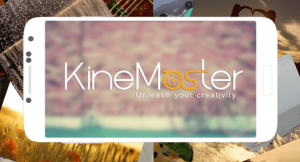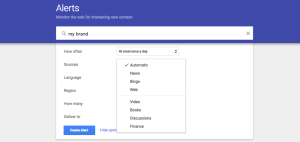
Working at an instructional technologies company, we get insight into the latest learning and performance strategies at large companies. And lately, we’ve seen two opposing trends developing across manufacturing and technical teams. The work itself has undergone dramatic and often revolutionary change in the last decade or so, driven by new technologies, systems, and processes. On the other hand, the learning and performance support systems deployed to support these same teams hasn’t advanced much, if it all.
Put simply, these teams are being asked to work with increasingly sophisticated technologies, using learning tools that are relics by comparison. This imbalance creates a context in which employees, especially new hires, frequently encounter critical knowledge gaps. Faced with an issue and insufficient knowledge, employees usually resort to asking coworkers (or worse, guessing or avoiding a problem entirely). They almost never ask managers or refer to official documents.
Asking a peer, guessing, or avoiding are employees’ preferred behaviors precisely because they are quick, but they’re also risky. Annually, failures of training and development for technical teams contribute to billions of dollars lost. By comparison, although official performance support channels like guides and training references are safer, they feel too slow and difficult.
For these reasons, any performance strategy that will successfully replace these behaviors must be immediate: as simple as asking a coworker. New technologies, smartly applied, can make official channels the preferred route. Below, we highlight three technologies and tools that can bridge the gap, using standard mobile devices and relatively low startup costs.
1. Bluetooth LE:
Background: Bluetooth Low Energy (also called BLE or Bluetooth Smart) is a specific application of Bluetooth, and it provides wireless communication with reduced power usage. By 2018, 90% of smart phones will support this standard, and the toolset is getting better. Bluetooth 5, which is set to come out in late 2016 or early 2017, promises significantly extended range and broadcast capacity.
Application: One particularly interesting use of BLE in this context is proximity detection, using “beacons,” which allow the employee’s mobile device to automatically detect distance to specific points. Think of a team working with discrete machines or production areas. BLE allows us to automatically show support content for the machine real-time in front of the user. Additionally, with smart analytics, we can fine-tune support by assessing where users spend troubleshooting time and adapting training and mentoring accordingly.
2. WebSockets:
Background: WebSockets enable real-time, browser-to-server communications. Traditionally, a user makes a request to the server and the server responds with content. To refresh, the user needs to make another request. WebSockets change this, making it possible to leave the channel open so the server can deliver fresh content without the user initiating it.
Applications: Mentor chat initiation is a natural application in making support more immediate and effective, but it’s only the start. We see opportunities to use WebSockets to deliver real-time notifications and alerts across teams when issues arise, especially in loud environments or dispersed teams. For example, if a user initiates a troubleshooting for machine A, team members at machines B and C are automatically alerted within the tool. In addition, video conferencing and real-time collaboration become a possibility—all helpful in making official troubleshooting channels more immediate.
3. Visual Computing and Augmented Reality:
Background: Most of us have been exposed to the promise of AR and visual computing at this point through technologies like the Microsoft HoloLens or gaming (the omnipresent Pokémon GO, for example). However, the technology has been used for years. Football fans, to take one example, are accustomed to seeing an AR first-down line during broadcasts.
Applications: The potential applications here are broad, but we see a few simple places to start when resolving the immediacy gap. First, visual recognition can break down barriers of delay related to search and navigation. For example, we’re currently installing systems that use the device’s mobile camera and visual computing processes to recognize cues—for example, specific error screens, workstations, or documents—and automatically serve the appropriate support content. (Think “scan” rather than “search”.) Additionally, 3D modelling and AR overlays can provide important visual cues during employee onboarding to help key concepts “stick”.
While these technologies have important applications, they’re ultimately not much use without a flexible platform making the connections. Many learning management systems (LMS) are still an anchor on innovation. That said, a variety of LMS companion or “front end” systems are moving in to fill this need and allow real time performance support.
For too long, the technologies that have driven production for our technical teams have out-paced our performance support and learning strategies. However, the balance is changing. With careful use of new technologies, we can bridge the immediacy gap and create performance support tools our team members want to use. Best of all, we can do it using existing devices with relatively low costs of entry—devices our team members already understand. The benefits of making the investment are clear: reduced risk profiles, accelerated performance, and better buy-in to official knowledge channels.
Business & Finance Articles on Business 2 Community(32)







